After being bombarded by the pounding music and assaulting sounds of the destructive war from "In the Flesh?," the listener is immediately lulled by the soothing chords of "the Thin Ice's" wispy piano and synthesizers. Gilmour's soft, almost feminine voice in the first half further creates this feeling of peace and comfort. Whether singing as Pink's mom or as Life, Gilmour's maternal reminders that young Pink is loved by both mother and father instill a sense of hope in both the listener and Pink, especially after the unsettling instructions of "In the Flesh?" concerning the disguises of life. This feeling of peace is further compounded by the introduction of  "Blue" into the album, an incredibly important color and symbol in the album's first half. Psychoanalytically speaking, blue is considered to be a color of purity, innocence, and life. In dream and literary analysis, the color is often associated with the ocean and sky, both symbols of life and creation. Evolutionists purport that life arose from the oceans, an idea that sparked psychoanalysts to view the ocean and water as symbols of the maternal, of life's origin. The blue sky is similarly procreative in that it produces the rain which creates and sustains all life on earth, once again feeding the cycle of water=creation=life. Being that blue is most often associated with the color of water, the color frequently takes on the connotations of the water symbolism. Getting back to the song, young Pink's appellation "Baby Blue" given to him by his mother / Life reinforces his emergence into life and his natural innocence. Yet despite the seemingly straight-forward music and lyrics concerning birth and innocence, there are little disturbances in the first half of the song; these little ripples on the water's surface, so to speak, not only foreshadow the song's second, more acrimonious half but also the rest of Pink's life to date. Although the inclusion of such words like "may" and "but" ("and the sea may look warm to you, babe"…"But oooh babe") may seem casual, they nevertheless plant seeds of doubt and false-appearances that disrupt the complete peacefulness of the song's first half. Linguistically speaking, when we as a listener hear "the sky may look blue," we are trained to listen for a "but" to finish the concession, something that negates the previous statement as in "The sky may look blue but it's actually purple" (or something of that nature). The "but" that continues the concession does come but the rest of the phrase is cut off with the maternal address of "oooh Baby Blue," as if the speaker is hesitant to continue, allowing the caustic voice of the second half of the song to fill in the missing gaps.
"Blue" into the album, an incredibly important color and symbol in the album's first half. Psychoanalytically speaking, blue is considered to be a color of purity, innocence, and life. In dream and literary analysis, the color is often associated with the ocean and sky, both symbols of life and creation. Evolutionists purport that life arose from the oceans, an idea that sparked psychoanalysts to view the ocean and water as symbols of the maternal, of life's origin. The blue sky is similarly procreative in that it produces the rain which creates and sustains all life on earth, once again feeding the cycle of water=creation=life. Being that blue is most often associated with the color of water, the color frequently takes on the connotations of the water symbolism. Getting back to the song, young Pink's appellation "Baby Blue" given to him by his mother / Life reinforces his emergence into life and his natural innocence. Yet despite the seemingly straight-forward music and lyrics concerning birth and innocence, there are little disturbances in the first half of the song; these little ripples on the water's surface, so to speak, not only foreshadow the song's second, more acrimonious half but also the rest of Pink's life to date. Although the inclusion of such words like "may" and "but" ("and the sea may look warm to you, babe"…"But oooh babe") may seem casual, they nevertheless plant seeds of doubt and false-appearances that disrupt the complete peacefulness of the song's first half. Linguistically speaking, when we as a listener hear "the sky may look blue," we are trained to listen for a "but" to finish the concession, something that negates the previous statement as in "The sky may look blue but it's actually purple" (or something of that nature). The "but" that continues the concession does come but the rest of the phrase is cut off with the maternal address of "oooh Baby Blue," as if the speaker is hesitant to continue, allowing the caustic voice of the second half of the song to fill in the missing gaps.
 Roger Waters launches into the second half of the song with all the sarcasm of onejaded by life. This masochistic Life-voice (I happen to think that this is Life and/or Experience addressing Pink at this point) does not bother with word play but rather dives (excuse the pun) straight into the insignificance and treachery of "modern life." Although the symbolism of the second half borrows from that of the first, the symbols negate or possibly redefine the previous connotations of "blue" and water. As previously mentioned, the symbol of water often carries implications of life, innocence, and creation. However, changing the form of water or even the way it's presented drastically changes its meaning. It is a symbol of both procreation and destruction in that the very thing that gives you life can also take that life away. The rain that causes plants to grow can wipe out a mass of living things through one massive flood. The water that gives man life can drown him. The maternal waters that foster a new life can change, freeze over, and abort or abandon the life it has just created. Such is the life into which Pink enters. What he thought to be a warm, nurturing ocean turned out to be cold and sterile; the loving mother and the embracing life have become frozen and unyielding. The "sea may look warm" but it is, in all actuality, a layer of thin ice covering a frigid, aqueous landscape.
Roger Waters launches into the second half of the song with all the sarcasm of onejaded by life. This masochistic Life-voice (I happen to think that this is Life and/or Experience addressing Pink at this point) does not bother with word play but rather dives (excuse the pun) straight into the insignificance and treachery of "modern life." Although the symbolism of the second half borrows from that of the first, the symbols negate or possibly redefine the previous connotations of "blue" and water. As previously mentioned, the symbol of water often carries implications of life, innocence, and creation. However, changing the form of water or even the way it's presented drastically changes its meaning. It is a symbol of both procreation and destruction in that the very thing that gives you life can also take that life away. The rain that causes plants to grow can wipe out a mass of living things through one massive flood. The water that gives man life can drown him. The maternal waters that foster a new life can change, freeze over, and abort or abandon the life it has just created. Such is the life into which Pink enters. What he thought to be a warm, nurturing ocean turned out to be cold and sterile; the loving mother and the embracing life have become frozen and unyielding. The "sea may look warm" but it is, in all actuality, a layer of thin ice covering a frigid, aqueous landscape.
According to psychoanalytic theory, water symbolism also connotes ideas of the self. While water is often a symbol of a person's mind, images of deep, unfathomable water are frequently connected with the unconscious mind, the part of the psyche that houses the majority of a person's most basic and unrealized self. In this sense, a person's mind has been compared to an iceberg: he is conscious of the 1/8th of his persona that juts out from the water and oblivious to the 7/8th of his personality's submerged base. Accordingly, the upper part of Pink's psyche is frozen over with thin ice, illustrating (or perhaps foreshadowing) the rigid and unemotional person he is or  will become. Yet at the same time it's this very thin layer of ice that keeps him from slipping into the uncharted depths of his subconscious, an action that would (and will) lead to insanity as a result of being submerged in his repressed and unrealized emotions.
will become. Yet at the same time it's this very thin layer of ice that keeps him from slipping into the uncharted depths of his subconscious, an action that would (and will) lead to insanity as a result of being submerged in his repressed and unrealized emotions.
Yet it's not just his weight on the ice that causes the cracks and pitfalls of life to appear. By being born, one is automatically subject to the "silent reproach of a million tear-stained eyes." With Life comes the fact that one will be despised, envied, and blamed for a multitude of things; a plethora of expectations that, whether justifiable or not, lead to an even greater number of weights to drag one down. Each expectation adds another burden and brings the fragile ice of our lives closer to the breaking point, each time bringing us, like Pink, closer to the seething waters below. However the difference between Pink's life and the majority of the population is that, as we will see (or have already seen in "In the Flesh?"), Pink's ice finally cracks and he is instantly consumed by the waters of his unconscious mind as a result of all the bricks that he has collected over the years. Correspondingly, the knowledge that Pink will spiral out of control into an all-consuming depression and dementia redefines the earlier appearance of "blue" in the song, transforming the innocent color of Pink's childhood into a premonition of Pink's depression later in life. In a sense, Pink is destined for a blue, melancholic existence from the very first utterance of his childhood nickname, Baby Blue.
True to the disjointed and contradictory maternal/caustic tone of the song, the images of the movie further explore the effects of war and Pink's present state. According to Gerald Scarfe on the DVD commentary, the post-war scenes were directly inspired by the work of Robert Capa, a World War II photographer famous for unflinching war photographs, most notably his pictures from the D-Day invasion at Normandy. Using Capa's photos as a base, Alan Parker captures the absolute brutality of war while focusing on the human subtleties of the individuals who make up an army. One of my favorite examples of this macrocosm / microcosm effect takes place at the beginning of the song. As the haunting piano chords creep in, the scene switches from a pool of collective blood of soldiers to a landscape desolated by war. When Gilmour begins with "Mama loves her baby," the scene switches from the desolated landscape to a shot of a man pulling a blanket over the exposed arm of another wounded man being carried off on a stretcher. The scene of nurturing counteracts the previous and subsequent shots of devastation and ruin, reflecting the contradiction between comfort and pain in the lyrics of the first half of the song. The final war shot (towards the end of the song's first half) shows the soldiers marching single file from screen left to right, walking from daylight into a consuming mist that blurs them from sight. The scene appropriately  fades into a shot of Pink's hotel room and the rock star's current state of an all-consuming depression and dementia, being erased of all identity much like the soldiers marching one by one into the unrelenting mist.
fades into a shot of Pink's hotel room and the rock star's current state of an all-consuming depression and dementia, being erased of all identity much like the soldiers marching one by one into the unrelenting mist.
Fading between the two scenes offers another comparison paralleling the destruction and desolation of war to the emptiness and personal devastation of Pink's life. Although it might seem flippant to compare the gravity of war with the triviality of one man's life, war itself is spawned from personal instabilities (eg. Hitler's own obsessions) and is little more than "glorified" killing over property and "moral right." And so the violence of war is no different than that in an individual's life, a violence instilled from the earliest of ages as apparent by the cartoon cat and mouse in "Tom & Jerry" battling on the television in Pink's hotel room.
Just as Gilmour's soothing voice contrasted with the images of war's bloody aftermath, the slow, composed shot through Pink's hotel room contrasts with Waters' scathing singing while offering a bit of calm before the storm of the guitar solo. Interestingly, as the shot proceeds from inside the room to the patio area, the viewer finds Pink floating on the surface of a crystal blue pool, recalling the "blue" and "water" symbolism mentioned above. With the onslaught of the blistering guitar solo, the water stylistically turns from blue to red while Pink thrashes around, drowning on thoughts of the war and his father. As with the color blue, red can signify a variety of different things, most of which, if not all, arguably apply to the song. Red is usually a symbol of raw emotions: passion, anger, frustration, lust, insecurity. It's fairly easy to see how all of these fit within the scope of Pink's mind as both a child and an adult. These feelings created out of a loss of his father and every other "brick" are just as resonant in his current state of mind as they are in his past, if not more. As he grows, these repressed feelings begin to boil to surface more and more, resulting in his infamous "fits" made popular in songs/scenes like "One of My Turns." The fit in "the Thin Ice" is far from that in "One of My Turns" but nonetheless important in that it indicates the indomitable nature of one's confined feelings. Repressed emotion will only lie in the subconscious for a certain period of time before erupting onto the surface. The pool scene in "the Thin Ice" is just one tiny crack, one minor eruption of the very emotions that will ultimately cost Pink his sanity.
 Just as the water carries with it ideas of creation and life, so too does the color red, evoking ideas of life-giving blood. Therefore the red water of the pool takes on a womb-like quality, recalling Pink's violent issue into the world (ripped from the tranquil womb, born to a fatherless family, etc.). The blood red may also signify the birth / continual life given to Pink's dementia and his final "birth" into madness. Simultaneously, red also conveys ideas of death similar to the creative / destructive nature of water. The loss of blood can take one's life just as quickly as any number of blood-related problems. As memories of his father and the war bombard his mind, Pink frantically flails in the blood-red water possibly out of a fear of sinking / death. And so the red pool is both a symbol of the birth of Pink's unbalanced self as well as the death of his former self. While the transformation doesn't fully take place until his wall is complete, the process has already started. The origin of the transformation (cycle of water=origin=life=death) is once again shown in the quick cuts to memories of the war and more specifically the absence of Pink's father. It is his "snapshot in the family album" as shown in this scene and sung about in the next song that provides Pink with his first brick.
Just as the water carries with it ideas of creation and life, so too does the color red, evoking ideas of life-giving blood. Therefore the red water of the pool takes on a womb-like quality, recalling Pink's violent issue into the world (ripped from the tranquil womb, born to a fatherless family, etc.). The blood red may also signify the birth / continual life given to Pink's dementia and his final "birth" into madness. Simultaneously, red also conveys ideas of death similar to the creative / destructive nature of water. The loss of blood can take one's life just as quickly as any number of blood-related problems. As memories of his father and the war bombard his mind, Pink frantically flails in the blood-red water possibly out of a fear of sinking / death. And so the red pool is both a symbol of the birth of Pink's unbalanced self as well as the death of his former self. While the transformation doesn't fully take place until his wall is complete, the process has already started. The origin of the transformation (cycle of water=origin=life=death) is once again shown in the quick cuts to memories of the war and more specifically the absence of Pink's father. It is his "snapshot in the family album" as shown in this scene and sung about in the next song that provides Pink with his first brick.
Another interesting aspect of the pool scene in the movie are the theological undertones of Pink's swimming (or sinking) episode. Lying in the water, Pink's prostrate form is reminiscent of the classical depiction of Jesus' crucifixion. The blood-red pool further emphasizes the Christological sacrifice, seemingly equating Pink with Christ on some symbolic level. However, I personally don't agree with the idea that Pink is a Christ figure. Christian theology teaches that Jesus was a selfless man / deity who devoted himself to the world and absolved sinners by means of his death on the cross. Furthermore, Christians believe that Christ arose three days after his crucifixion, thereby conquering death and reaffirming his disciples' faith in God. Even a cursory glance shows that none of these distinctly Christ-like features are evident in Pink. Contrarily, Pink is completely selfish (as we will see later in the album / movie), building his wall out of a need to escape rather than aid the world. Furthermore, he dies metaphorically in "Goodbye Cruel World" in an attempt to elude the external world and is arguably never fully resurrected (I'll get into that later with my brief analysis of the song "The Final Cut" off of the album of the same name). Accordingly, Pink is the antithesis of everything the Scriptural Christ is; therefore Pink becomes a mock-Christ, an anti-Christ of sorts (not the literal Anti-Christ in Revelation, but rather someone who is opposite of Jesus). In this light, the sacrificial elements inherent in the blood-red pool become tainted. Pink's "sacrifice" (his building and completion of the wall) is only made for personal reasons. Pink is the only one covered by his sacrificial blood in the pool; his sacrifice is in vain. In addition, the color red in the New Testament is often linked with Judas Iscariot who, according to tradition, possessed flame-red hair. And so the red pool emphasizes both Pink's selfish "sacrifice" as well as his past, present, and future betrayals (as seen later in the album and movie), the ultimate betrayal being that he completely turns his back on the world and those who love him by escaping behind his wall.
In this light, the sacrificial elements inherent in the blood-red pool become tainted. Pink's "sacrifice" (his building and completion of the wall) is only made for personal reasons. Pink is the only one covered by his sacrificial blood in the pool; his sacrifice is in vain. In addition, the color red in the New Testament is often linked with Judas Iscariot who, according to tradition, possessed flame-red hair. And so the red pool emphasizes both Pink's selfish "sacrifice" as well as his past, present, and future betrayals (as seen later in the album and movie), the ultimate betrayal being that he completely turns his back on the world and those who love him by escaping behind his wall.



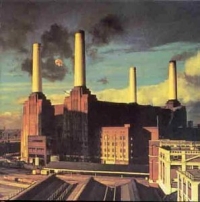
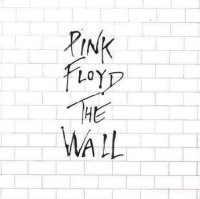
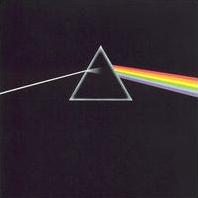
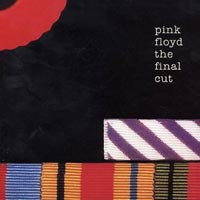
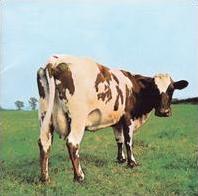
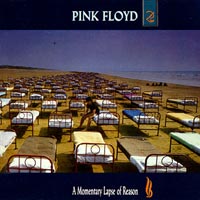
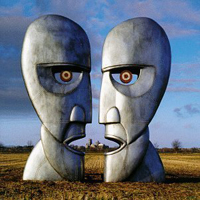
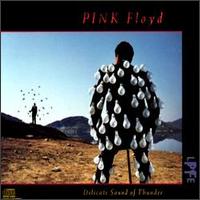
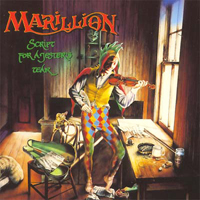
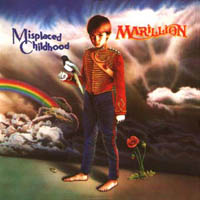
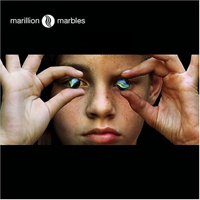
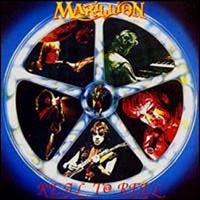
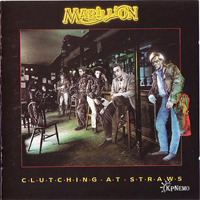

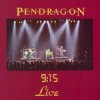
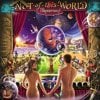

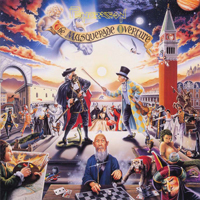
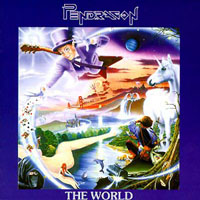
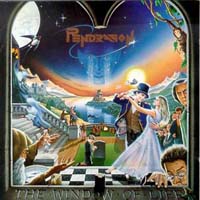
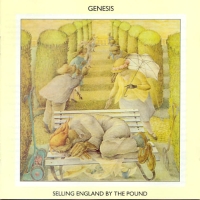
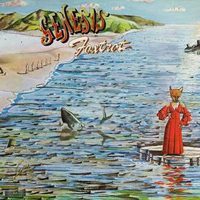
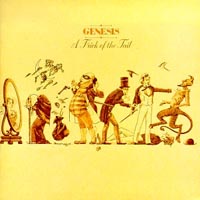
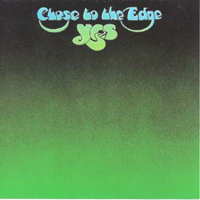
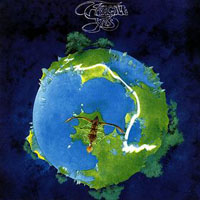
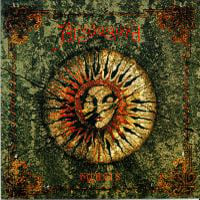


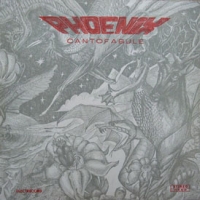
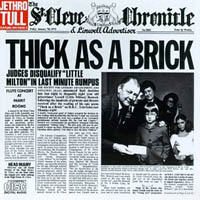
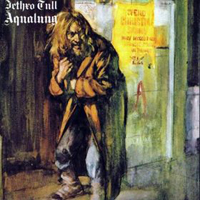

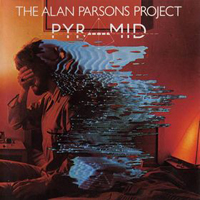
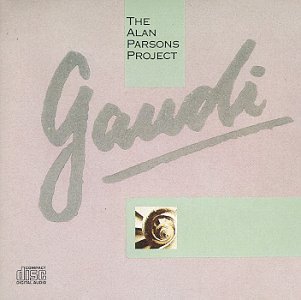
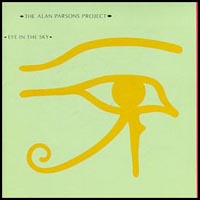


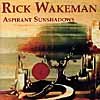
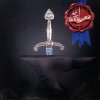
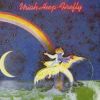
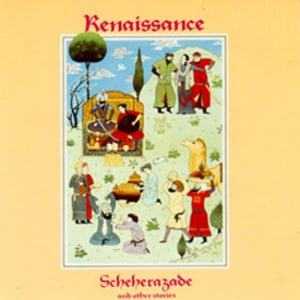




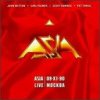












Niciun comentariu:
Trimiteți un comentariu